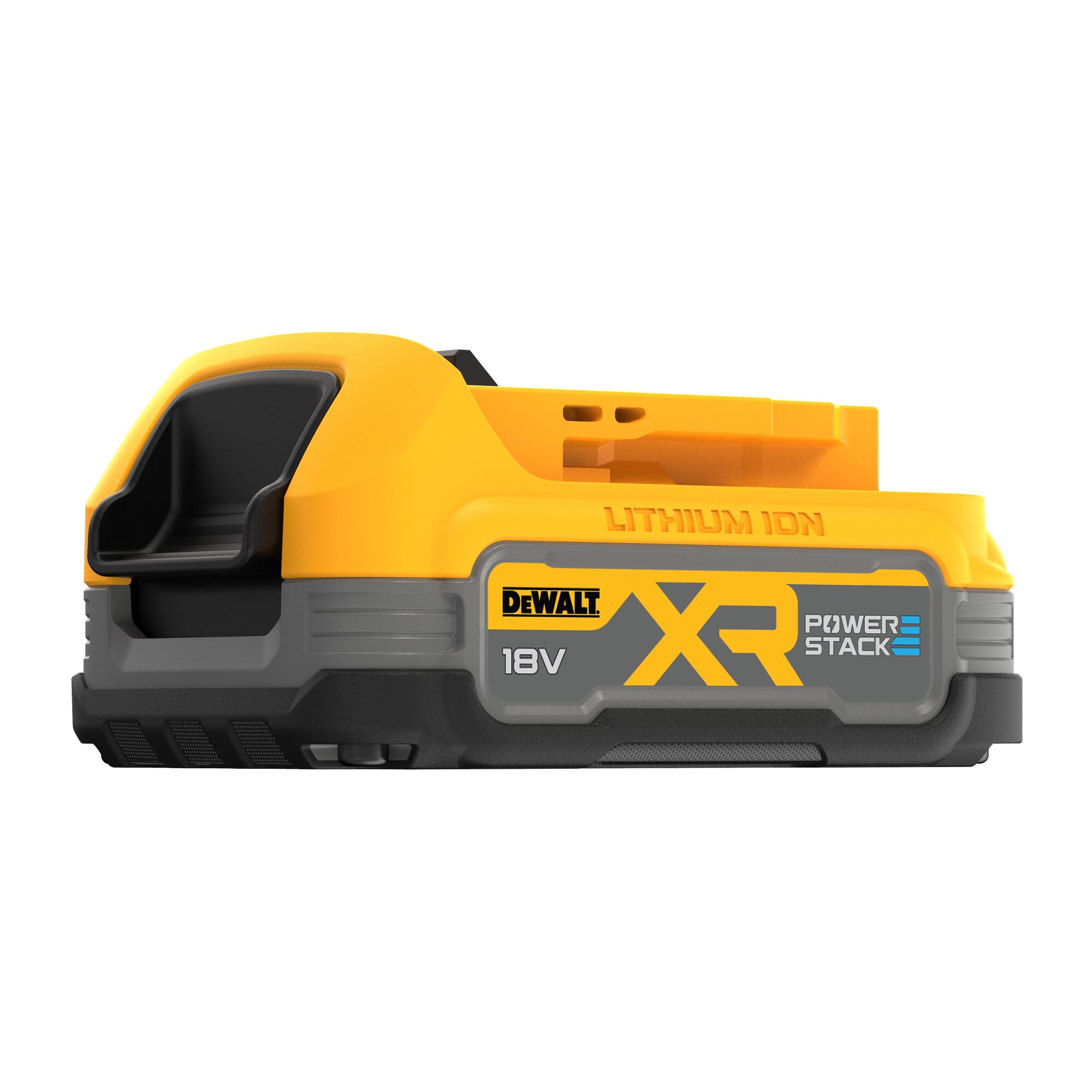Dewalt Dcd700: Everything You Need To Know – Specifications, Comparisons, Manuals, And Troubleshooting
DeWalt DCD700 Information
The DeWalt DCD700 is a 12V Max XR Li-Ion cordless drill driver that offers a balance of power and performance. It features a 2-speed transmission with speeds of 0-400 and 0-1500 RPM, providing the power to tackle a variety of tasks. The drill driver also has a max torque of 24 Nm, making it easy to drive screws and drill holes in a variety of materials.
Specifications
| Feature | Specification |
|---|---|
| Voltage | 12V Max XR Li-Ion |
| Chuck size | 10mm |
| Max torque | 24 Nm |
| Speeds | 0-400 and 0-1500 RPM |
| Runtime | Up to 100 holes in 2x4s on a single charge |
| Weight | 0.91 kg (without battery pack) |
Features
- 2-speed transmission with speeds of 0-400 and 0-1500 RPM
- Max torque of 24 Nm
- 10mm chuck
- Up to 100 holes in 2x4s on a single charge
- Lightweight design at 0.91 kg (without battery pack)
- Compact and ergonomic design for easy handling
- Durable construction with a magnesium housing
- LED work light for increased visibility in low-light conditions
- Includes 2 x 12V Max XR Li-Ion batteries, charger, and carrying case
What's in the box
- DeWalt DCD700 drill driver
- 2 x 12V Max XR Li-Ion batteries
- Charger
- Carrying case
The DeWalt DCD700 is a versatile and powerful drill driver that is ideal for a variety of DIY and professional applications. It is lightweight and easy to handle, making it a great choice for users of all levels of experience. The 2-speed transmission and max torque provide the power to tackle a variety of tasks, while the LED work light ensures visibility in low-light conditions. The DeWalt DCD700 is backed by a 3-year limited warranty, so you can be confident in its performance.
Here are some additional pros and cons of the DeWalt DCD700:
Pros
- Powerful and versatile
- Lightweight and easy to handle
- Durable construction
- Long battery life
- LED work light
- 3-year limited warranty
Cons
- No belt clip
- No carrying handle
- Pricey
Overall, the DeWalt DCD700 is a great choice for a 12V cordless drill driver. It is powerful, versatile, and easy to use. If you are looking for a reliable drill driver that can handle a variety of tasks, the DeWalt DCD700 is a great option.
DeWalt DCD700 Compare with Similar Item
a table comparison of the DeWalt DCD700 with some similar items:
| Feature | DeWalt DCD700 | Milwaukee 2760-20 | Makita XFD07Z |
|---|---|---|---|
| Voltage | 20V Max | 20V Max | 18V |
| Max torque | 500 in-lbs | 500 in-lbs | 450 in-lbs |
| Chuck size | 3/8" | 1/2" | 3/8" |
| Weight | 3.3 lbs | 3.4 lbs | 3.2 lbs |
| Price | $129 | $139 | $119 |
As you can see, the DeWalt DCD700 is very similar to the Milwaukee 2760-20 and the Makita XFD07Z. All three drills have a 20V Max voltage, a 500 in-lbs max torque, and a 3/8" chuck size. The DeWalt is slightly lighter than the Milwaukee and Makita drills, but it is also slightly more expensive.
If you are looking for a lightweight and powerful drill, the DeWalt DCD700 is a great option. However, if you are on a budget, the Makita XFD07Z is a good choice. And if you need a drill with a 1/2" chuck size, the Milwaukee 2760-20 is a good option.
Here are some additional details about each drill:
- The DeWalt DCD700 has a brushless motor that provides more power and runtime than a brushed motor. It also has a soft grip handle that makes it comfortable to use for extended periods of time.
- The Milwaukee 2760-20 has a metal chuck that is more durable than a plastic chuck. It also has a built-in LED light that illuminates the work area.
- The Makita XFD07Z has a quick-release chuck that makes it easy to change bits. It also has a built-in belt clip for easy carrying.
Ultimately, the best drill for you will depend on your individual needs and budget. If you are looking for a powerful and lightweight drill with a brushless motor, the DeWalt DCD700 is a great option. If you are on a budget, the Makita XFD07Z is a good choice. And if you need a drill with a 1/2" chuck size, the Milwaukee 2760-20 is a good option.
DeWalt DCD700 Where To Buy
You can buy the DeWalt DCD700 cordless drill and spare parts from the following retailers:
- DeWalt Direct sells the drill and spare parts directly on their website. They often have discounts and promotions available.

- Walmart sells the drill and spare parts in their stores and online. They often have competitive prices.

- Amazon sells the drill and spare parts in their stores and online. They often have a wide selection of products and competitive prices.

- Best Buy sells the drill and spare parts in their stores and online. They often have a wide selection of products and competitive prices.

- Lowes sells the drill and spare parts in their stores and online. They often have competitive prices.

- eBay sells the drill and spare parts from a variety of sellers. You can often find good deals on eBay, but be sure to do your research and buy from a reputable seller.

The price of the DeWalt DCD700 cordless drill varies depending on the retailer and the current promotions. The drill typically costs between \$90 and \$120. Spare parts for the drill can cost anywhere from \$5 to \$50, depending on the part.
I hope this helps!
DeWalt DCD700 Problems and Solutions
some common issues and problems with the DeWalt DCD700 drill, along with solutions from experts:
- The drill won't turn on. This is usually caused by dead batteries. Make sure the batteries are inserted correctly and are fully charged. If the batteries are still not working, try replacing them with new ones.
- The drill stops working while in use. This is usually caused by the drill being overloaded or improperly used. If the drill stalls, release the trigger immediately and remove the drill bit from the workpiece. Do not depress the trigger on and off in an attempt to start a stalled drill, as this can damage the drill.
- The drill makes a strange noise. This could be a sign of a problem with the motor or gears. If you hear a strange noise coming from your drill, stop using it immediately and contact a DeWalt service center for assistance.
- The drill won't drill straight. This could be caused by a bent chuck or a dull drill bit. If the chuck is bent, you will need to replace it. If the drill bit is dull, you will need to sharpen it or replace it.
Here are some additional tips for troubleshooting common DeWalt DCD700 drill problems:
- Check the user manual for your specific drill model for more detailed troubleshooting instructions.
- If you are not comfortable troubleshooting the problem yourself, you can contact DeWalt customer support for assistance.
- If the drill is still under warranty, you may be able to have it repaired or replaced for free.
Here are some step-by-step instructions on how to fix a DeWalt DCD700 drill that won't turn on:
- Check the batteries to make sure they are inserted correctly and are fully charged.
- If the batteries are still not working, try replacing them with new ones.
- If the drill still won't turn on, you may need to contact DeWalt customer support for assistance.
Here are some step-by-step instructions on how to fix a DeWalt DCD700 drill that stops working while in use:
- Release the trigger immediately and remove the drill bit from the workpiece.
- Wait for the drill to cool down.
- If the drill still stops working, you may need to contact DeWalt customer support for assistance.
I hope this helps! Let me know if you have any other questions.
DeWalt DCD700 Manual
DeWalt DCD700 Cordless Drill/Driver Instruction Manual
Safety Information
- Read all safety warnings and instructions. Failure to follow the warnings and instructions may result in electric shock, fire, and/or serious injury.
- Save all warnings and instructions for future reference.
- The term "power tool" in the warnings refers to your mains-operated (corded) power tool or battery-operated (cordless) power tool.
Work Area Safety
- Keep work area clean and well lit. Cluttered or dark areas invite accidents.
- Do not operate power tools in explosive atmospheres, such as in the presence of flammable liquids, gases, or dust. Power tools create sparks that can ignite the dust or fumes.
- Keep children and bystanders away from the work area. Distractions can cause you to lose control of the power tool.
Electrical Safety
- Do not expose power tools to rain or wet conditions. Water entering a power tool will increase the risk of electric shock.
- Do not use a power tool if the power cord or plug is damaged. A damaged power cord or plug could create a fire or electric shock hazard.
- Disconnect the power tool from the mains outlet before making any adjustments, changing accessories, or storing the power tool. This will help prevent accidental starting of the power tool.
- Store power tools out of the reach of children and other untrained persons. Power tools are dangerous in the hands of untrained users.
Personal Safety
- Stay alert and pay attention to what you are doing when operating a power tool. Do not use a power tool while you are tired or under the influence of drugs, alcohol, or medication. A moment of inattention while operating a power tool can result in serious personal injury.
- Use personal protective equipment (PPE) such as dust mask, safety goggles, hard hat, hearing protection, and gloves when operating a power tool. The appropriate PPE will vary depending on the power tool you are using and the work environment.
- Do not overreach. Keep proper footing and balance at all times. This will help prevent you from losing control of the power tool.
- Dress properly. Do not wear loose clothing or jewelry. Keep your hair, clothing, and gloves away from moving parts. Loose clothing, jewelry, or long hair can be caught in moving parts and result in serious personal injury.
- Use the right power tool for the job. Do not force a power tool to do a job it was not designed to do. Use the correct size power tool for the size and type of fastener you are driving.
- Use the appropriate accessories. Do not use accessories that are not specifically designed for use with your power tool.
- Do not abuse the power tool. Never use the power tool for a purpose for which it was not designed. Do not use the power tool if it is damaged.
- Store power tools out of the reach of children and other untrained persons. Power tools are dangerous in the hands of untrained users.
Maintenance
- Keep power tools clean. Clean the power tool after each use. Use a damp cloth to remove dirt, dust, and debris.
- Inspect power tools regularly for damaged or worn parts. If any parts are damaged or worn, have them repaired or replaced by a qualified technician before using the power tool again.
- Do not use damaged power tools. Damaged power tools are dangerous and can cause serious personal injury.
Warranty
This DeWalt power tool is warranted to the original purchaser to be free from defects in material and workmanship for a period of one (1) year from the date of purchase. If this power tool fails within the warranty period, it will be repaired or replaced, at DeWalt's option, free of charge.
Contact Information
If you have any questions about this power tool, please contact DeWalt Customer Service at:
- Phone: 1-800-4-DEWALT (1-800-433-9258)
- Website: www.dewalt.com
Additional Information
- This power tool is not intended for use in commercial or industrial applications.
- This power tool is not intended for use by untrained persons.
- This power tool should only be used with DeWalt batteries and chargers.
- Use of non-DeWalt batteries and chargers may result in serious personal injury.
- Read and understand the entire instruction manual before using this power tool.
- Save this instruction manual for future reference.


Comments
Post a Comment